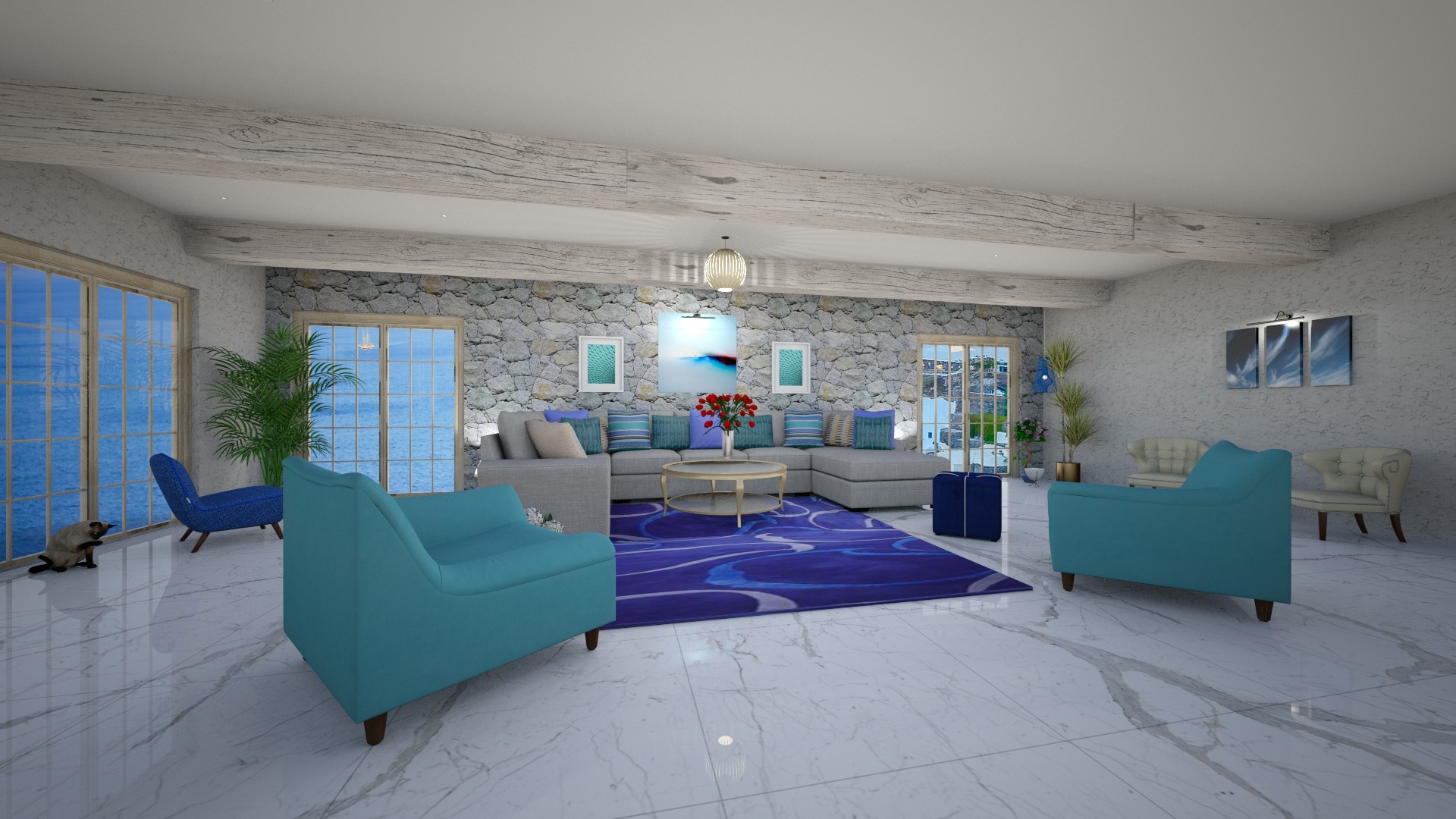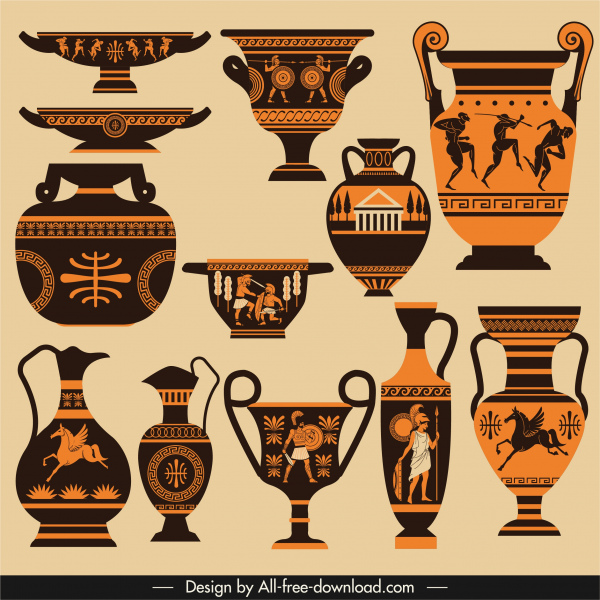Table Of Content

Regarded as some of the high points in ancient Greek art are the detailed and breathtaking sculptures that can be found in the vicinity of the temple. Its absolute grandeur and original style would have made it a high point of ancient Greek architecture and it is rated among the 150 best examples of architecture in the Western world. A statue of Hermes and a head depicting Hera made from marble were found during the excavation of the site. The statue is believed to be the work of the famed sculptor Praxiteles and is currently located at the archeological Museum of Olympia.
Greek Designers: Crafting Beauty Inspired by Tradition and the Magic of Summer - Kathimerini English Edition
Greek Designers: Crafting Beauty Inspired by Tradition and the Magic of Summer.
Posted: Thu, 15 Jun 2023 07:00:00 GMT [source]
Art Periods – A Detailed Look at the Art History Timeline
We offer you extensive information about the history of art, analyses of famous artworks, artist biopics, information on architecture, literature, photography, painting, and drawing. Due to the ancient belief that witnessing staged dramas could significantly impact your physical and mental health in a positive manner, the space was often used to try and heal patients of their ailments. As with other theaters built in ancient Greece, it remained unmodified during the Roman era and retains its distinctive style and Hellenistic feel. It became a Protestant burial place in the 19th century, as well as a place to house the remains of those who had lost their lives in the Greek War of Independence in 1821. It was also used as a museum in the 1930s; thereafter it was restored to its original style.

Parthenon, Acropolis (447 BCE)
The architects of these famous Greek buildings display an incredible knowledge of architectural techniques such as the use of complex geometry in their design. Certain structural optical effects were also employed which cannot be detected with the naked eye and can only be measured using precise and sophisticated modern technology. Marble has been synonymous with Greek architecture and sculpture for millennia, its elegance and luminosity reflecting the sophistication of ancient art and construction.

Greek Architecture Characteristics and Materials
It’s everywhere in our daily lives—sometimes elegant, other times shabby, but generally ubiquitous. Stopping for that contemplation offers not only the opportunity to understand one’s daily surroundings but also to appreciate the connection that exists between architectural forms in our own time and those from the past. Architectural tradition and design have the ability to link disparate cultures together over time and space—and this is certainly true of the legacy of architectural forms created by the ancient Greeks. Entasis was mostly frequently used in the Doric order and involved a slight convex or swelling in the middle of the shaft.
Built sometime in the 4th century BCE, this ancient temple was the most prominent structure of its time. It was constructed in the Doric order and before falling to absolute ruin underwent many various incarnations. In the 7th century BCE, a temple was first built by Agamedes and Troponios, two leading architects of their time. This archaic temple was built in dedication to Hera, the Greek queen of goddesses around the year 590 BCE. Archeologists believe that the temple was originally constructed out of wood, but was at a later period replaced with stone.
The Architectural Orders of Ancient Greek Buildings
Also, there was often no particular effort at town planning which usually resulted in a maze of narrow chaotic streets, even in such great cities as Athens. Colonies in Magna Graecia, as we have seen in Selinus, were something of an exception and often had more regular street plans, no doubt a benefit of constructing a town from scratch. Other structures which were constructed near temples were monumental entrance gates (such as the Propylaia of Athens' acropolis) and small buildings to house dedications, often from specific city-states. These very often borrowed architectural elements from the temple such as columned façades and friezes. The Greeks built various types of public buildings, including theaters and stadiums, though perhaps the most notable structures were the multiple temples built to honor the Olympic gods.
Open Spaces and Minimalism
It was also during this time that the Greeks started developing columns, sloped roofs, and porticoes. The Classical Period represented the maturation of Greek design, and welcomed some of the most notable structures of the era including the Parthenon. The very first materials used in ancient architecture were easily available materials such as wood and mud clay. As technology advanced in the ancient world, so did the characteristics and materials of architecture.
How to Create Mediterranean Oasis: 25 Greek Interior Design
Incorporating art pieces that feature Greek mythology into your home decor is a powerful way to add a layer of cultural depth and storytelling. Greek mythology, rich with gods, goddesses, heroes, and mythical creatures, offers a vast source of inspiration for decorative elements. Furniture and decor are chosen for their ability to transition effortlessly between environments, encouraging a lifestyle that embraces the outdoors for dining, relaxation, and entertainment. The indoor-outdoor flow not only enhances the aesthetic appeal of the home but also promotes a healthier, more relaxed way of living, where the beauty of nature is always within reach.
Ancient Greek Amphitheaters
Greek Shipbuilder Reveals New Special Operations Craft Designs - Naval News
Greek Shipbuilder Reveals New Special Operations Craft Designs.
Posted: Thu, 15 Jun 2023 07:00:00 GMT [source]
Through mosaic tiles, the enduring beauty of Greek culture is celebrated, creating focal points that are both visually stunning and deeply meaningful. By creating open, uncluttered spaces, the design encourages a flow of energy and light throughout the home, making rooms feel larger and more inviting. Furniture is chosen for its functionality and beauty, with each piece serving a purpose, avoiding unnecessary decoration or clutter. Stone floors, with their cool, hard surface, are ideal for warm climates, providing a natural cooling effect in the summer months.
After he died the structure was demolished and his sons began work on the new temple in approximately 520 BCE. When the tyranny was overthrown ten years later, work on the project was abandoned with only a few columns and a platform already built. It would remain that way for another 366 years, mainly because the Greeks of that era thought it was not practical to build structures on such a large scale. The temple was later used as a kind of museum or storage facility in which to house precious objects during the period of Roman control.
By blending historical inspiration with modern comfort, sunken seating areas can become the heart of the home, fostering a sense of intimacy and togetherness among family and guests. Incorporating comfortable cushions, throw pillows in hues of blue and white, and natural materials such as stone or wood can enhance the aesthetic, creating a cozy yet elegant greek living room that encourages social interaction and leisure. Incorporating pebble mosaics in garden pathways, patios, or as decorative accents around the home brings a piece of Greek history into your personal space, blending art with nature. The natural colors and textures of the pebbles enhance the outdoor area’s aesthetic, offering a unique and timeless appeal that connects modern living spaces to the ancient world. This method not only beautifies the outdoor environment but also creates a tactile, visually engaging experience that evokes the craftsmanship and creativity of Greek artisans. Stadiums were named after the distance (600 ancient feet or around 180 metres) of the foot-race they originally hosted - the stade or stadion.
Placing Hellenic-inspired sculptures in your home not only enhances its aesthetic appeal but also imbues it with a sense of timelessness and sophistication. During the Greek Dark Ages, collections of farming villages—eventually city-states—started to form, which brought forth the existence of the agora (a marketplace) and central meeting place. The archaic period encompassed some of the more significant architectural contributions, including settlements organized around Greek temples, city centers, and open-air markets.
They have been described as the most exquisite examples of sculpture extant in an Archaic temple. Scholars believe that the temple originally only consisted of a room and a corridor, and that other sections were added slowly over time. The entablature of the Ionic order very often displayed ornately carved sculptures on the friezes. The Corinthian period would give rise to the stylized leaves used in the more decorated capitals of the 5th century BCE in Athens. Houses were usually not built to any specific design and were most often one or two stories in height. Architects would thicken the lower halves of columns and position them leaning very slightly forward which would create the impression of a completely straight structure when viewed from a distance.

No comments:
Post a Comment